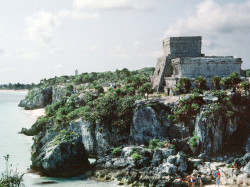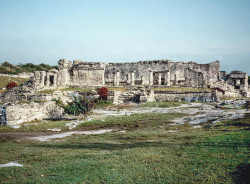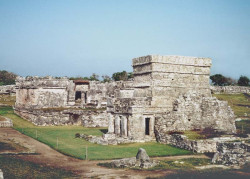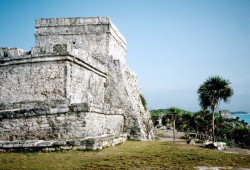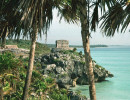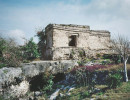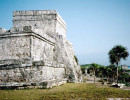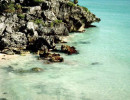- You are here:
- Home
- Man-made
- Archeological Sites
- Tulum in Mexico
Tulum in Mexico
-
8 mayan tower on a cliff over looking the caribbean
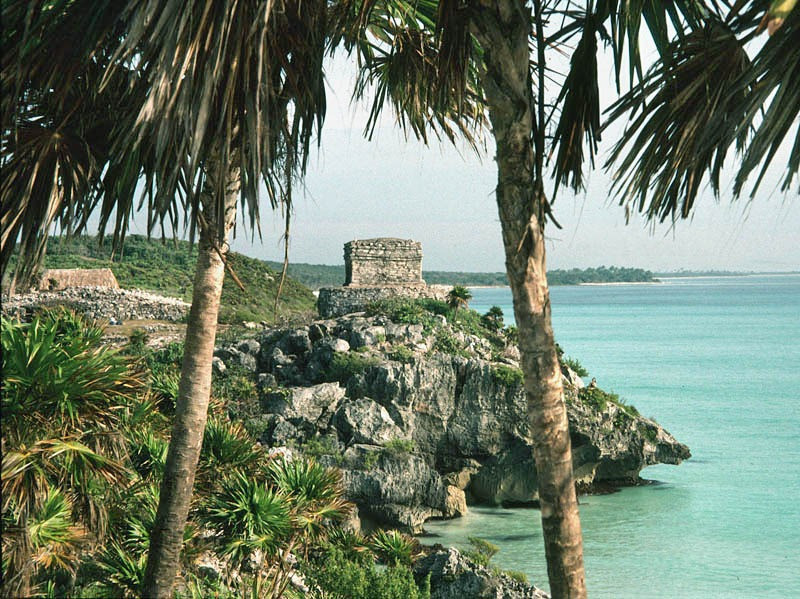
-
25 ruins on a hill in tulum
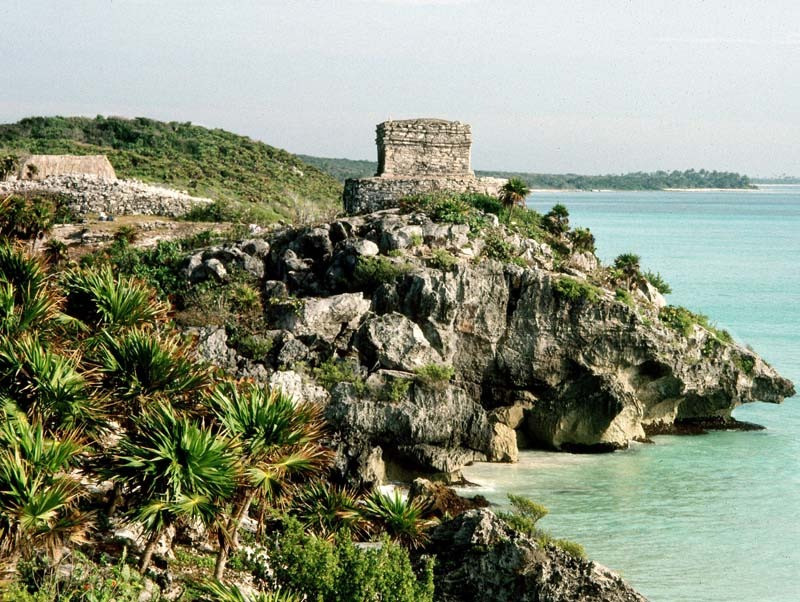
-
tulum ruins
-
2 mayan temple over looking the caribbean sea
-
3 still standing after all these years of wind and rain
-
15 mayan temple overlooking the caribbean sea in mexico
-
10 temple of the descending god at tulum
-
14 temple at the well preserved coastal ruins of tulum
-
16 mayan temple at the archeological site of tulum in mexico
-
23 main temple in tullum
-
24 overlooking the caribbean sea at tulum
-
20 outpost built on rock cliff along the caribbean sea at tulum
-
coastline at tulum
Tulum, a Pre-Columbian Walled Mayan Port City
Tulum is the site of a pre-Columbian Mayan walled city that served as a major port for Coba, in the Mexican state of Quintana Roo. The ruins are situated on 12-meter (39 ft) tall cliffs along the east coast of the Yucatán Peninsula on the Caribbean Sea. Tulum was one of the last cities built and inhabited by the Maya; it was at its height between the 13th and 15th centuries and managed to survive about 70 years after the Spanish began occupying Mexico. By the end of the 16th century, the site was abandoned. One of the best-preserved coastal Maya sites, Tulum is today a popular site for tourists.
The site might have been called Zama, meaning City of Dawn, because it faces the sunrise. Tulum stands on a bluff facing east toward the Caribbean Sea. Tulúm is also the Yucatán Mayan word for fence, wall, or trench. The walls surrounding the site allowed the Tulum fort to be defended against invasions. Tulum had access to both land and sea trade routes, making it an important trade hub, especially for obsidian. From numerous depictions in murals and other works around the site, Tulum appears to have been an important site for the worship of the Diving or Descending god.
Both coastal and land routes converged at Tulum. A number of artifacts found in or near the site show contact with areas all over Central Mexico and Central America. Copper artifacts from the Mexican highlands have been found near the site, as have flint artifacts, ceramics, incense burners, and gold objects from all over the Yucatán. Salt and textiles were among some of the goods brought by traders to Tulum by sea that would be dispersed inland. Typical exported goods included feathers and copper objects that came from inland sources. These goods could be transported by sea to rivers such as the Río Motagua and the Río Usumacincta/Pasión system, which could be traveled inland, giving seafaring canoes access to both the highlands and the lowlands.
Photographed in 1996













